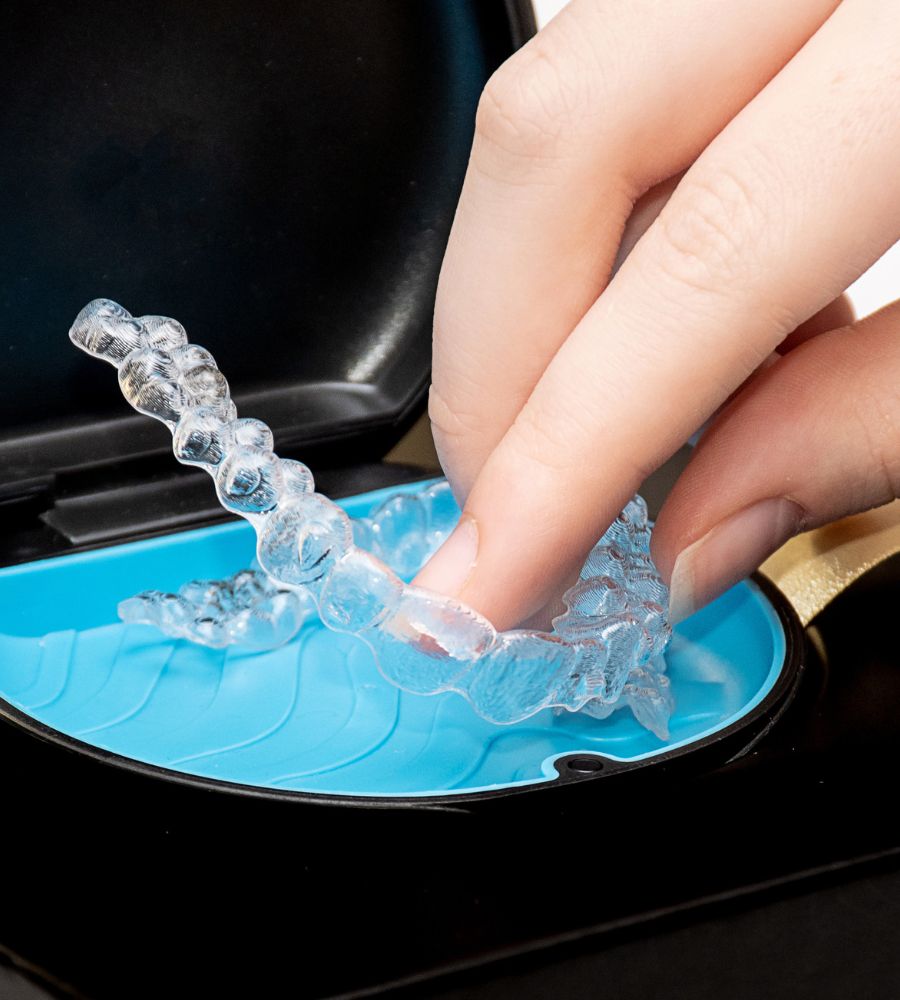Pigments in food and beverages can easily stain tooth enamel if proper oral hygiene is not practised. When they are not removed in time, they build up and adhere to your teeth permanently. The only option is to have your teeth whitened.
Whitening methods
Whitening toothpastes
Whitening toothpastes have a deep-cleaning effect on tooth enamel. The chemicals they contain remove food debris that has built up on the enamel. The effect is visible only after continued use, which is why this type of toothpaste must be used consistently.
Whitening gels
You can get these at a pharmacy or from your dentist. They contain a small amount of peroxide, which is the product used at the dentist’s office to whiten teeth. To use them:
- Apply these gels twice a day for 2 weeks
- You’ll start to see results after a few days of use
- Note that the whiteness will remain for about 4 months
Whitening strips
You can also get these at a pharmacy or from your dentist. Like gels, these strips contain peroxide. Useful information about strips:
- Place these on your teeth for 30 minutes
- Do the treatment twice a day for two weeks
- The whiteness will remain for 3 to 4 months
Whitening trays
This is a treatment performed under the supervision of your dentist, but done by you at home. The practitioner makes trays for you that contain peroxide. Useful information about whitening trays:
- Wear them a few hours every day
- They provide much more effective results
- You need to repeat the treatments in 6 to 12 months
Chairside whitening
This takes place in the dentist’s office. Here’s a summary of how it works:
- A protective gel is applied to your gums to protect them
- The whitening agent is applied to your teeth
- This agent is exposed to heat to be activated
- The results are immediately visible
- The treatment needs to be repeated in 6 to 12 months
Contraindications and risks of teeth whitening
Whitening is not right for everyone. In fact, it is not recommended for:
- People under the age of 16
- Pregnant/lactating women
- Hypersensitive people
- People allergic to peroxide
- Individuals with gum disease or deep tooth decay
- Individuals with crowns or veneers
- People with defective fillings
Risks
In most cases, whitening does not have any harmful effects. However, certain issues may occur after the treatment:
- Temporary tooth sensitivity: avoid subjecting your teeth to products that are too hot or too cold or to vigorous brushing
- Temporary gum irritation: using a cotton swab, gently remove any whitening agent that leaks onto the gums
Whitening is a highly effective way of restoring your teeth’s original brightness. Opt for chairside whitening if you want to see immediate, longer-lasting results.
Don’t hesitate to contact Dr. Nathalie Kadoch’s dental office in LaSalle if you have any questions.





